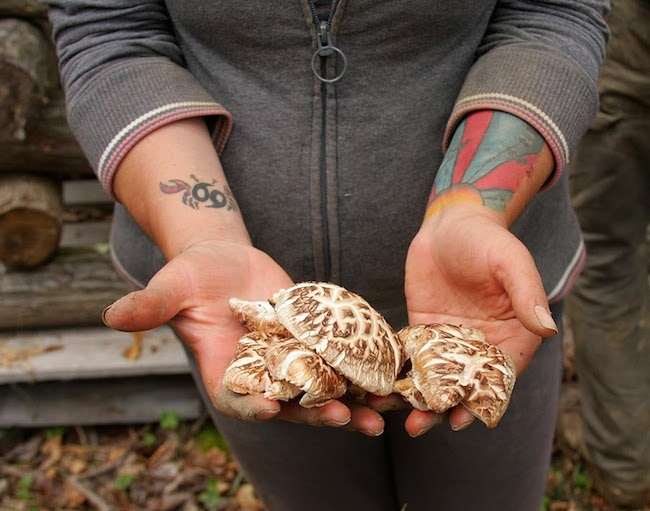Eating (and Working) Local in Western Maryland
My job description now looks a lot like Western Maryland’s local food scene at a glance; I’ve pieced together full-time work by reaching out to surrounding small towns. Between the farm, the hotel, the restaurant, and the creamery, it involves a lot of driving, plenty of good people, and a whole lot of good food.








